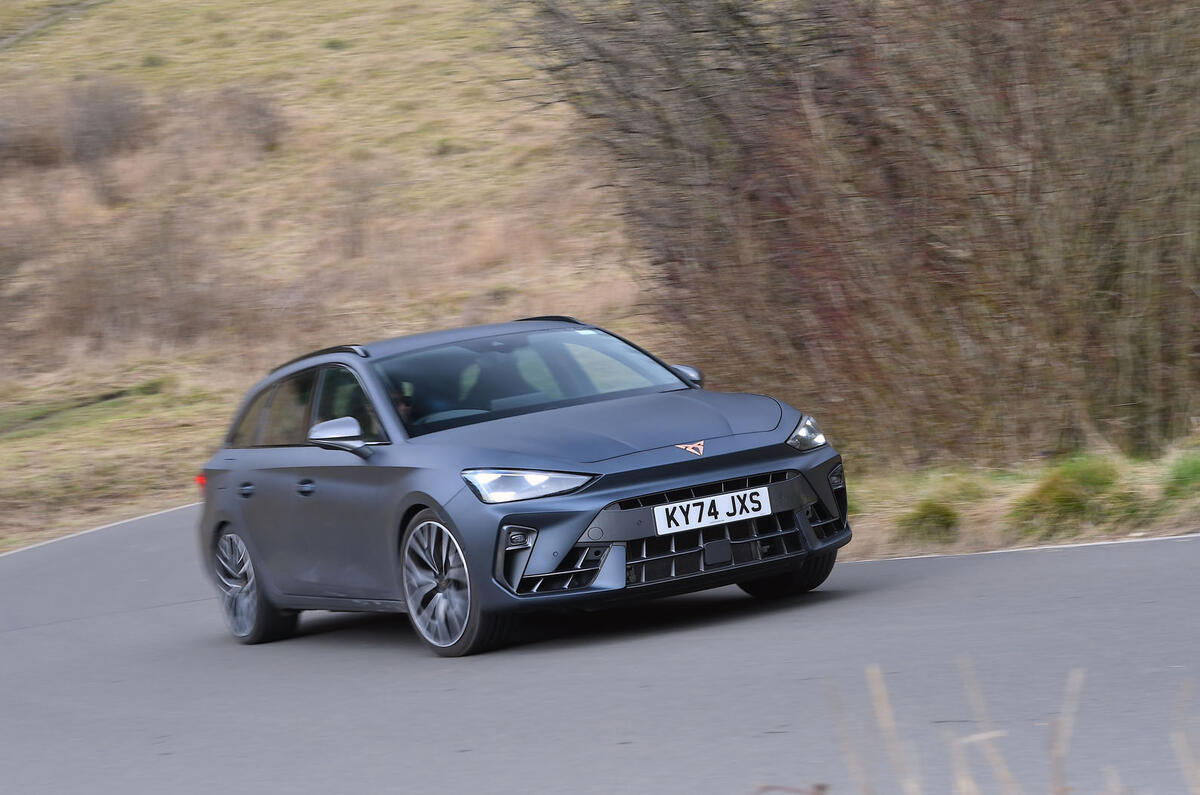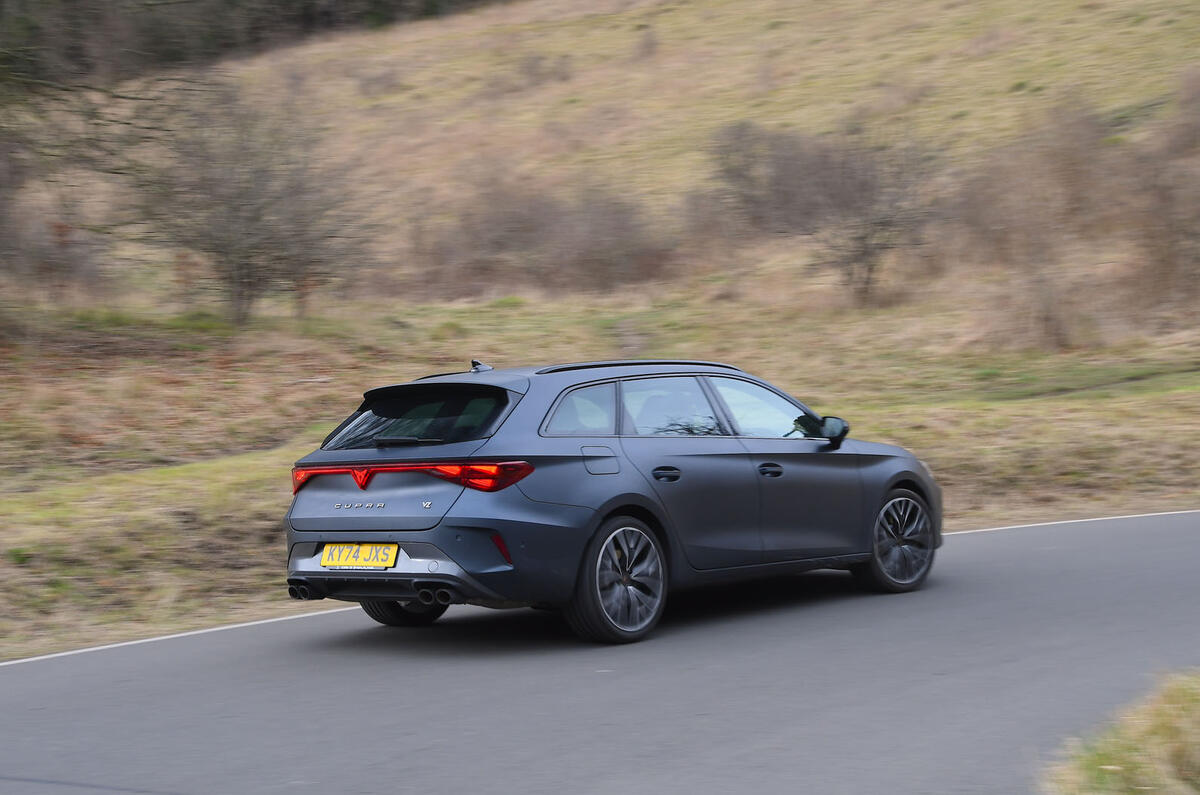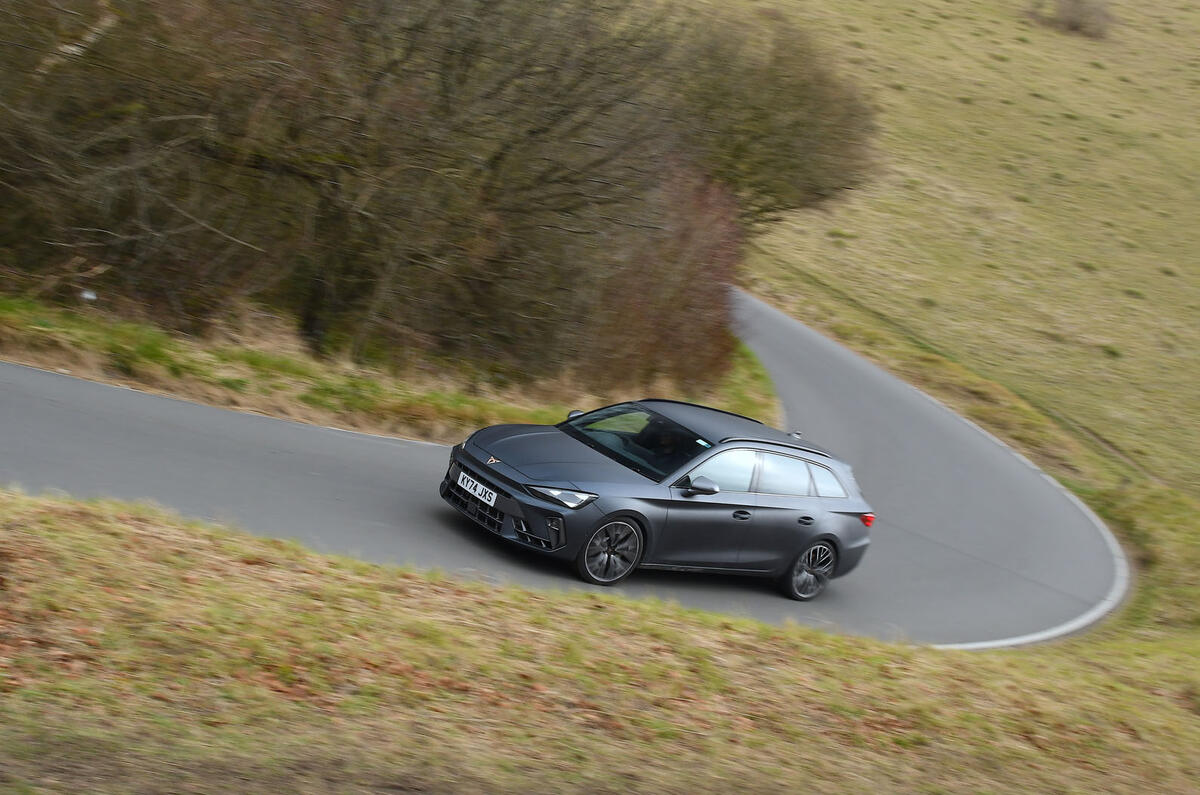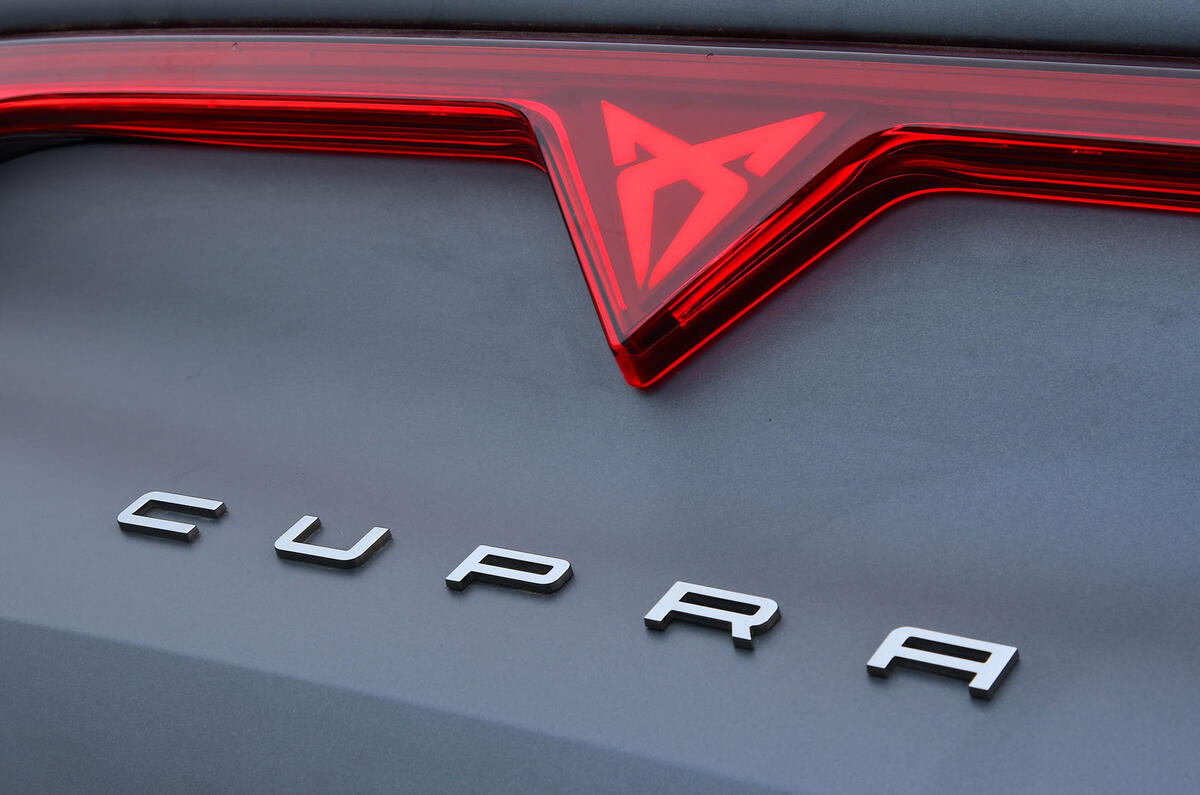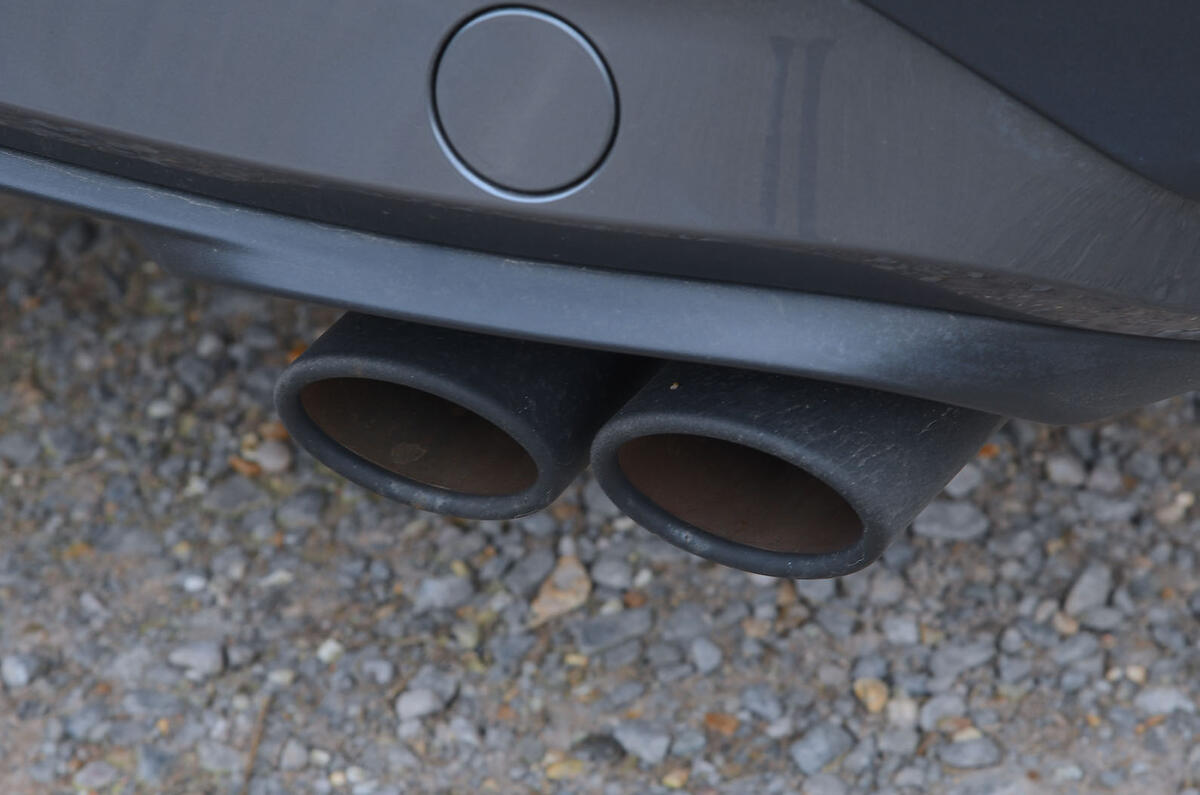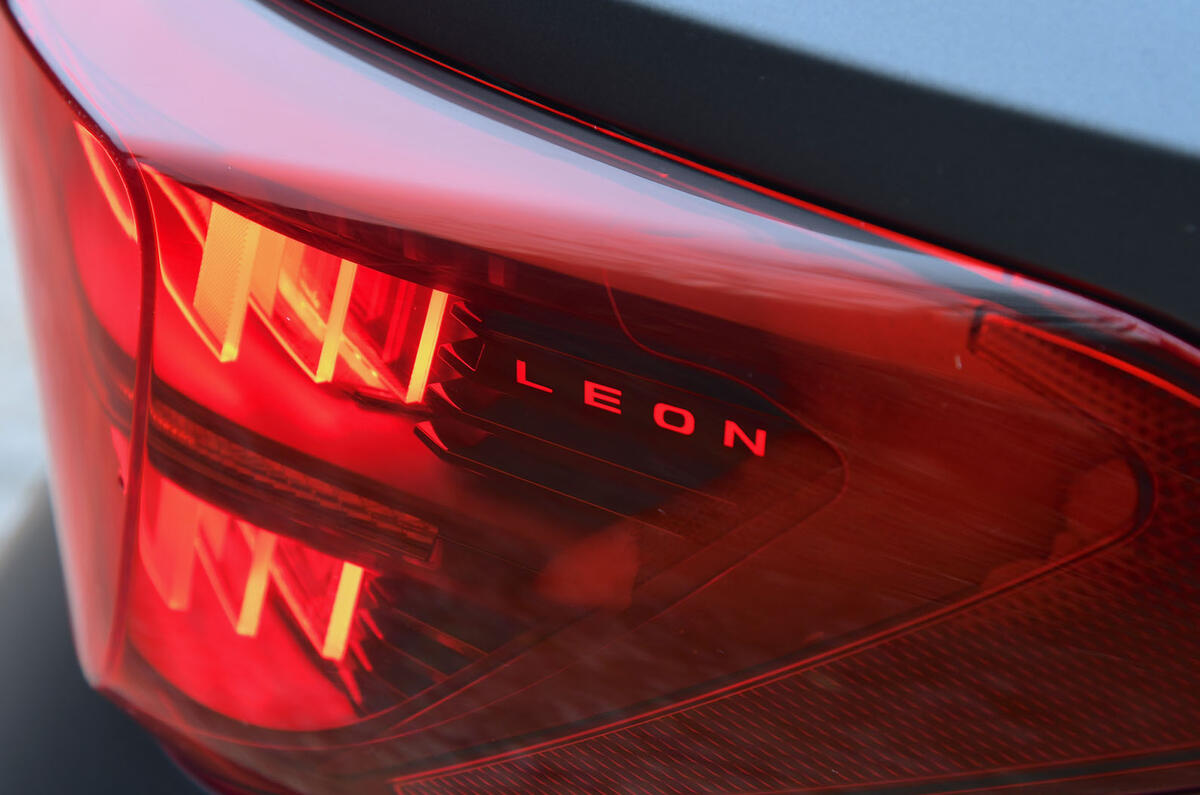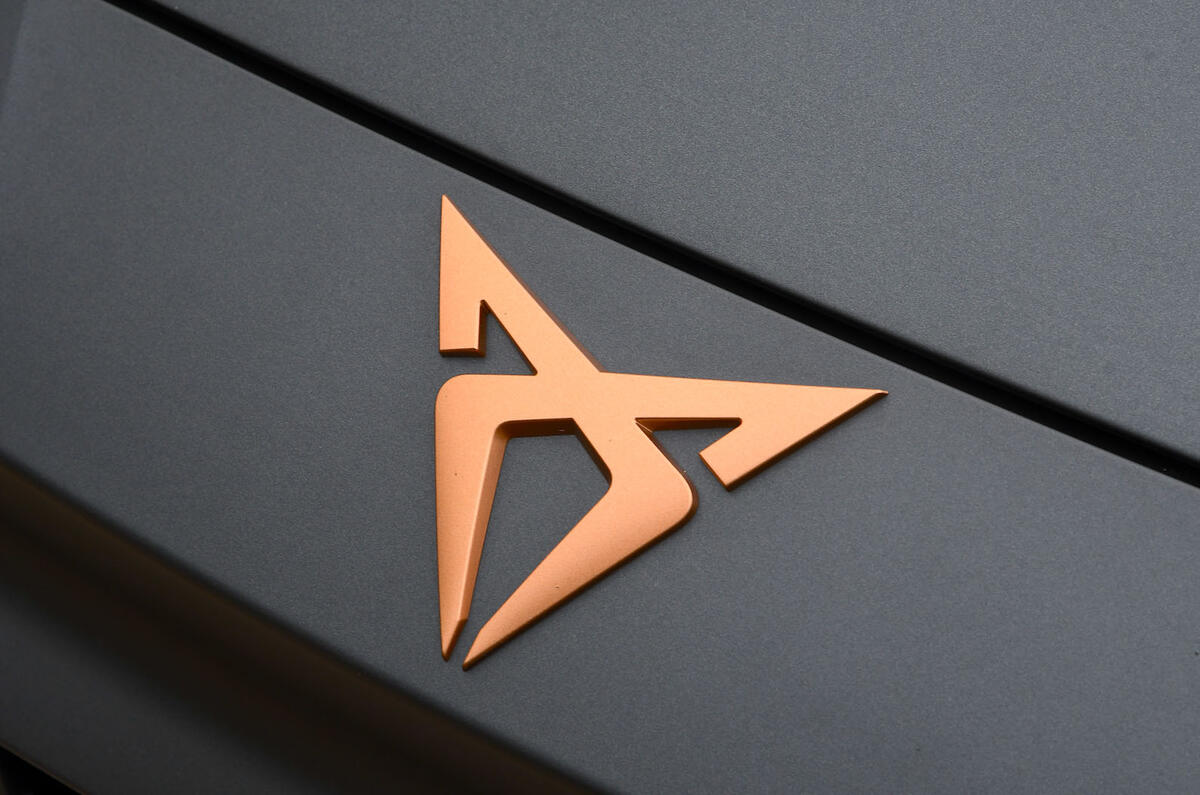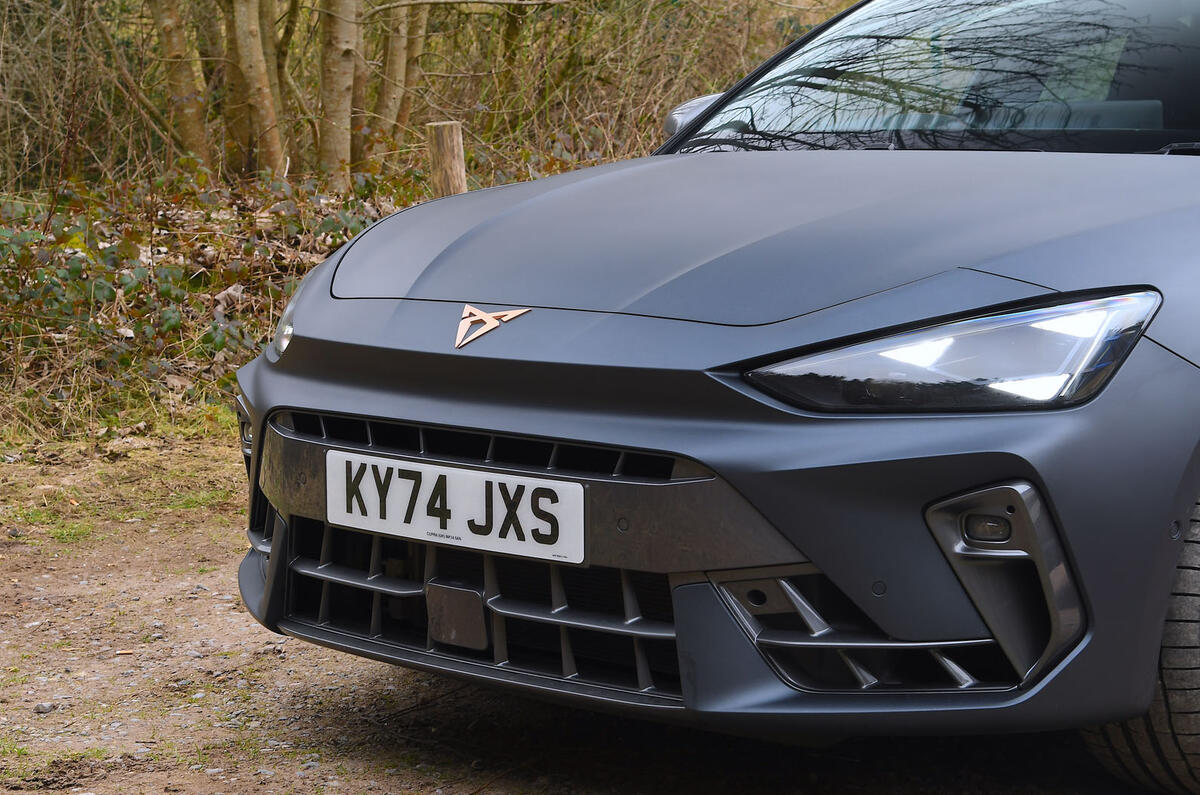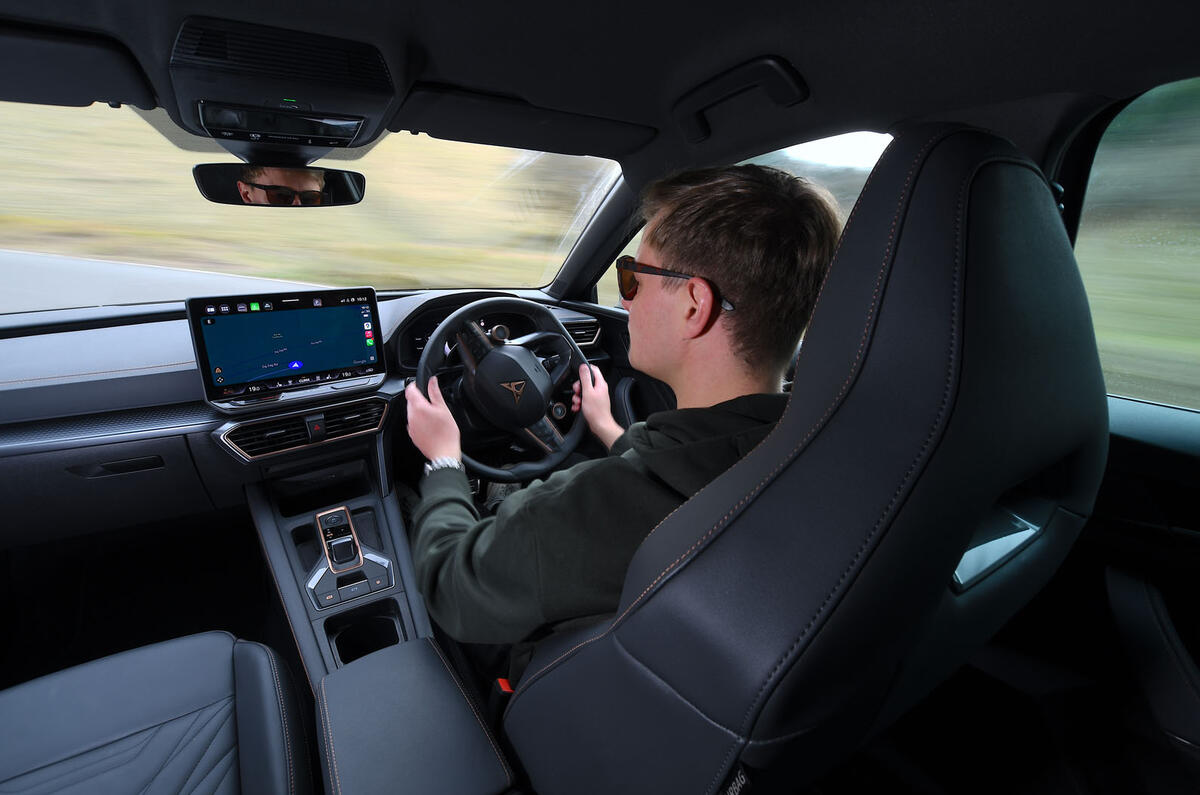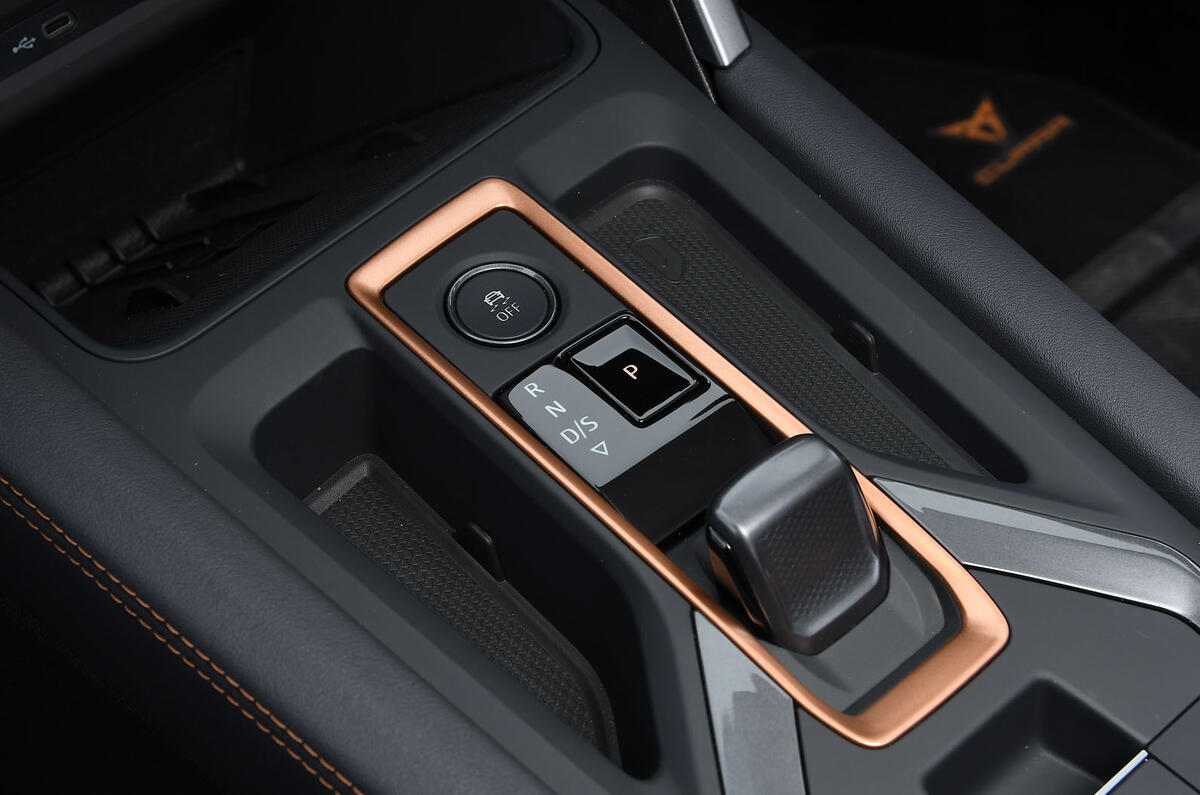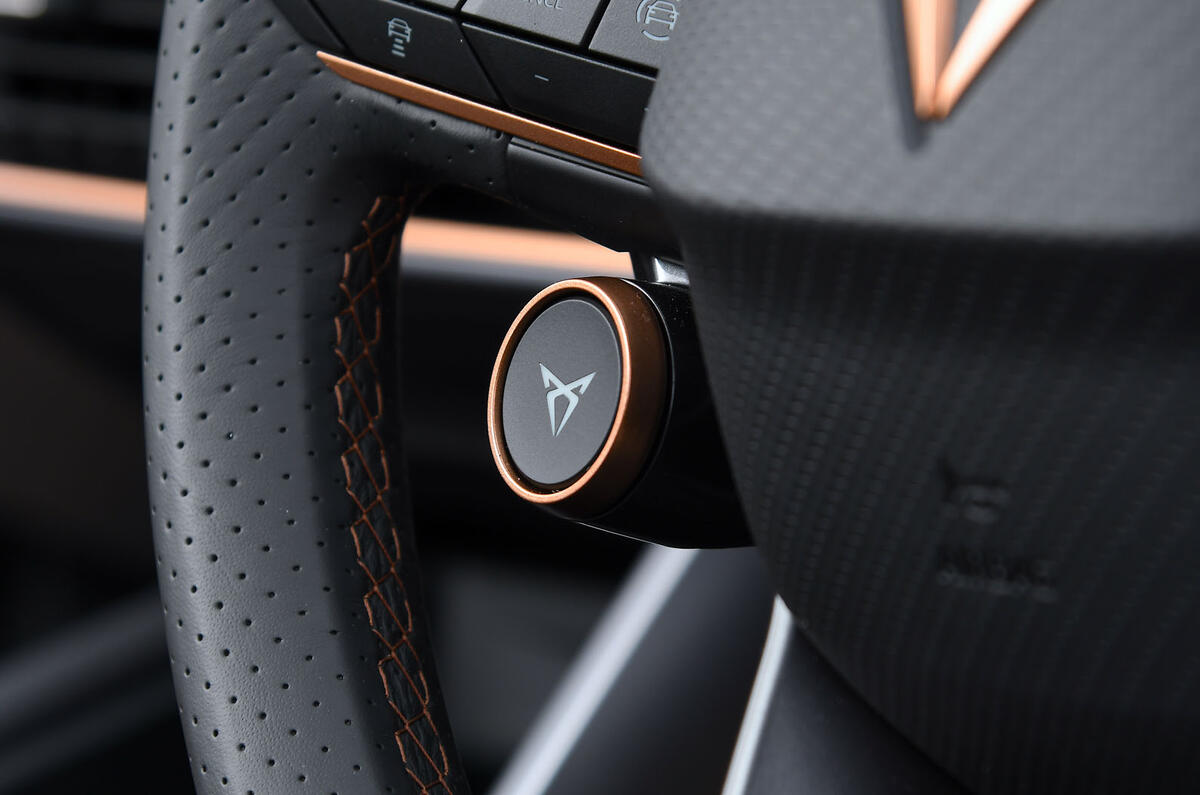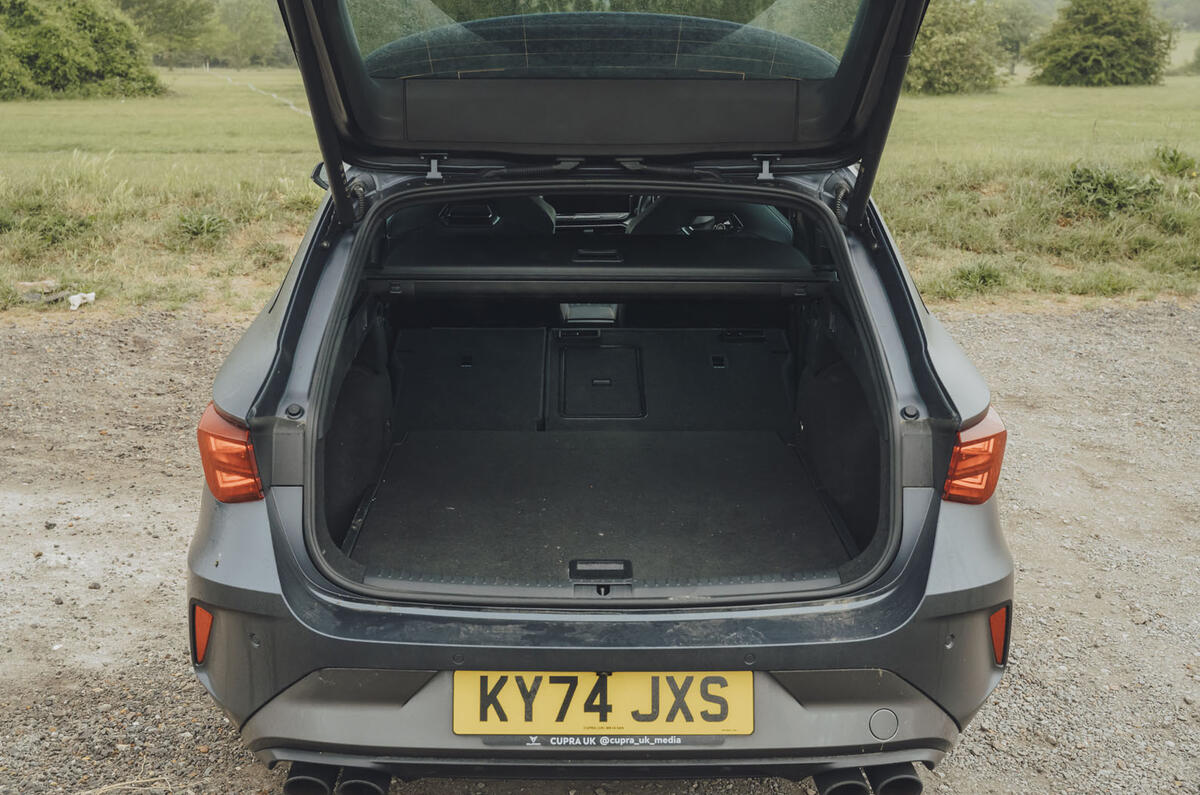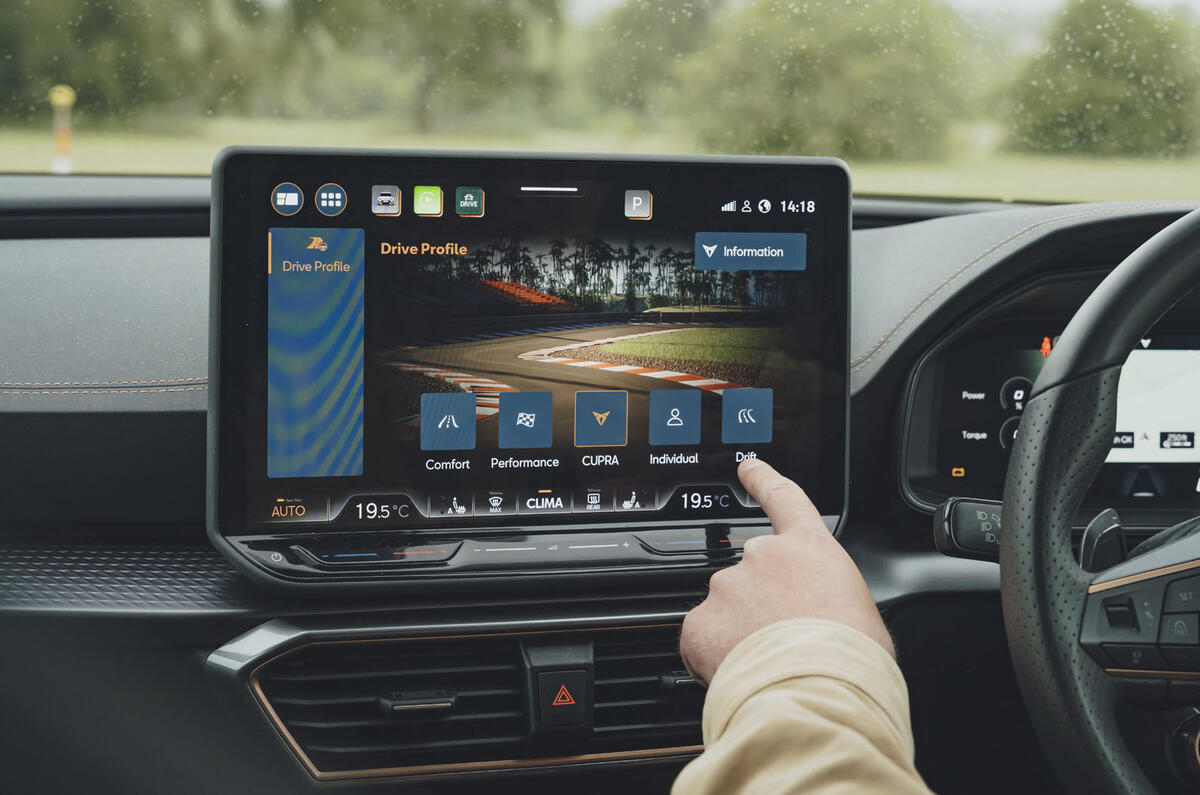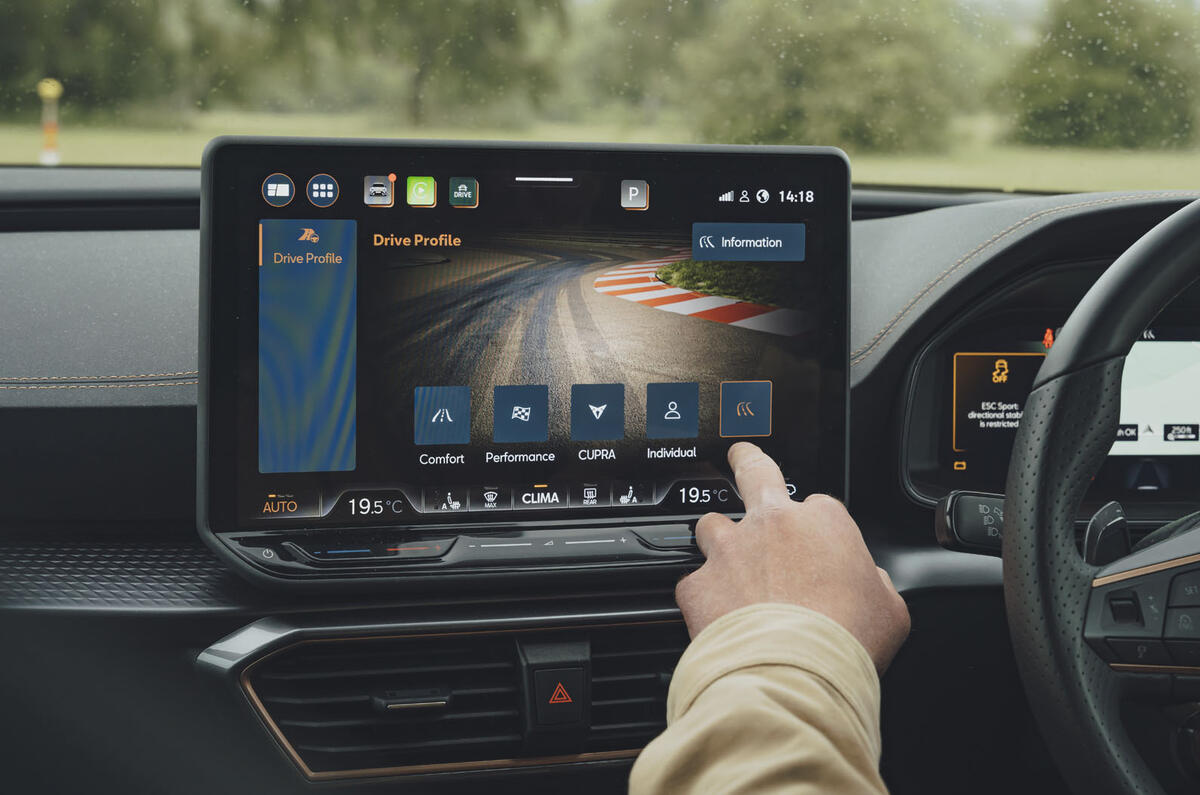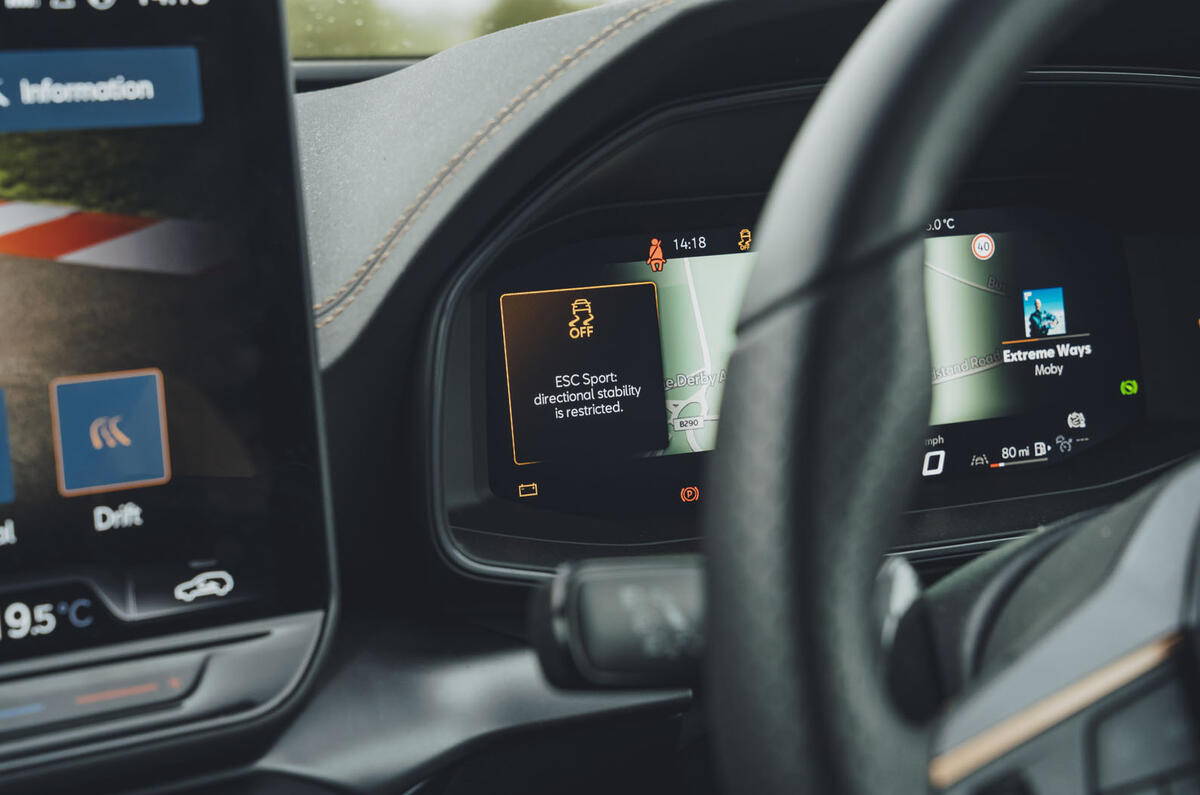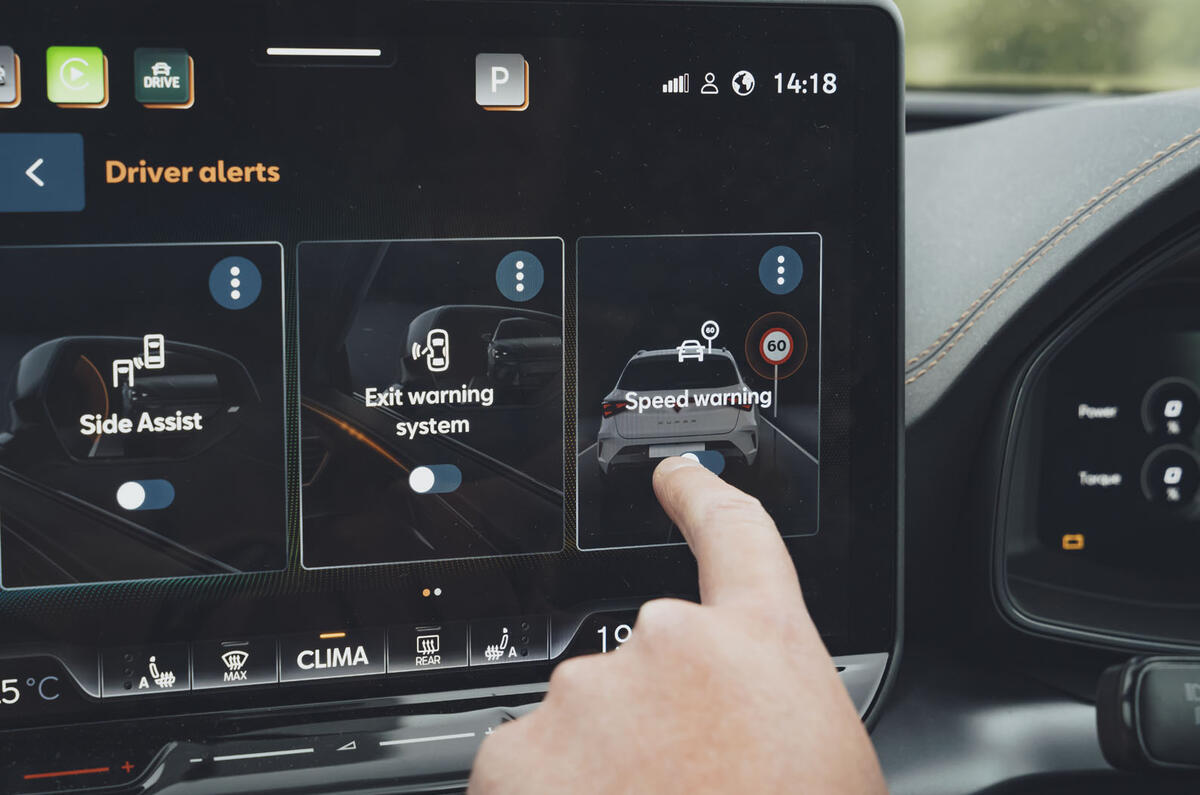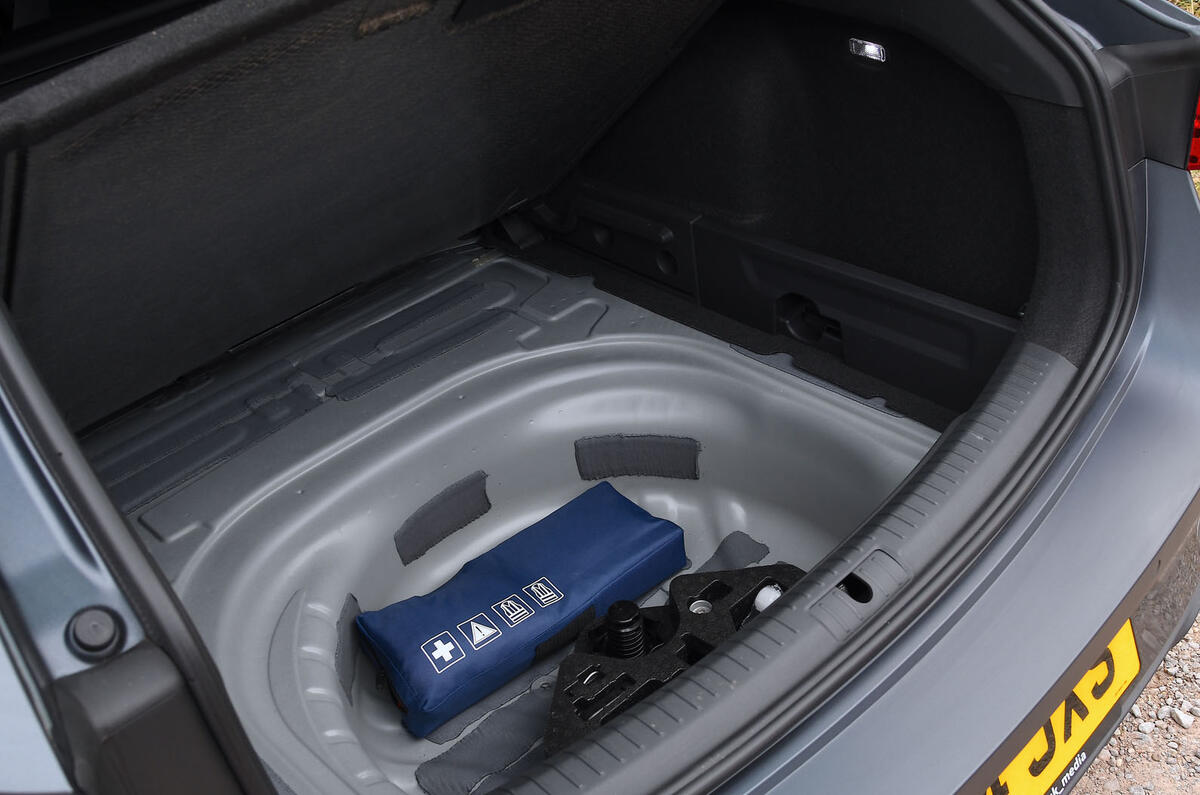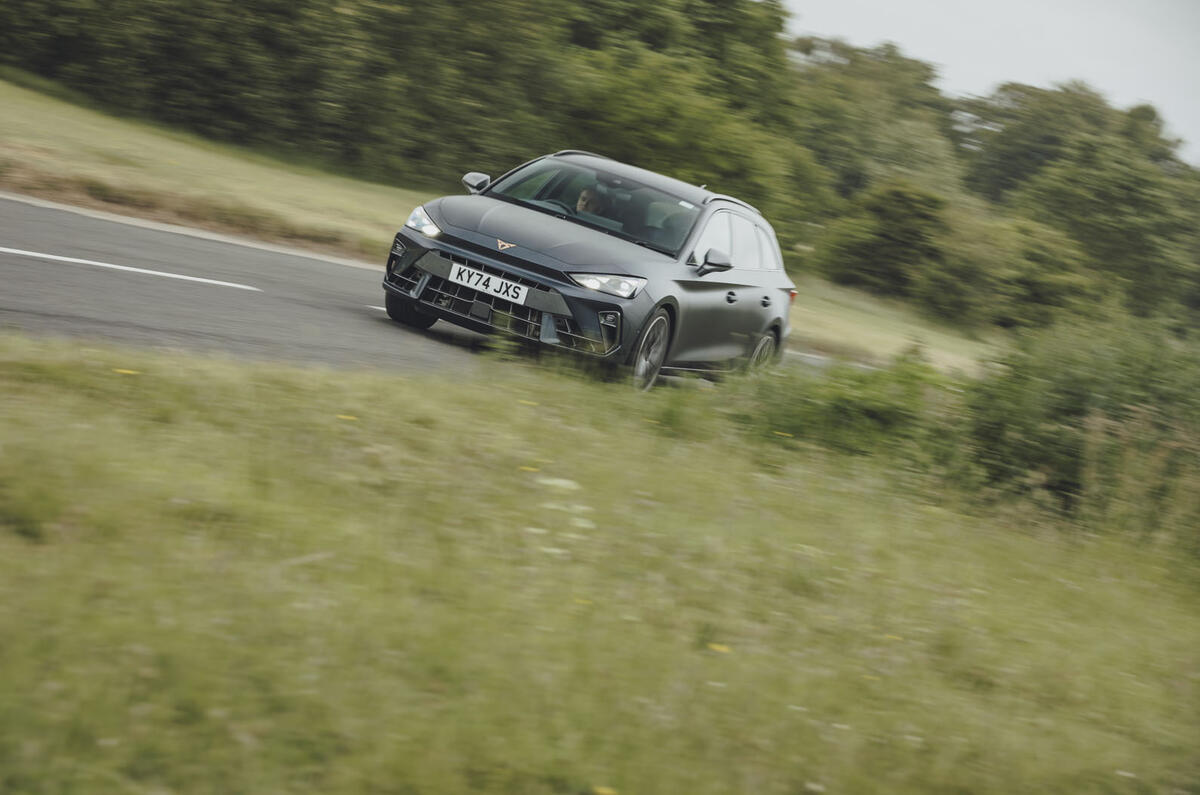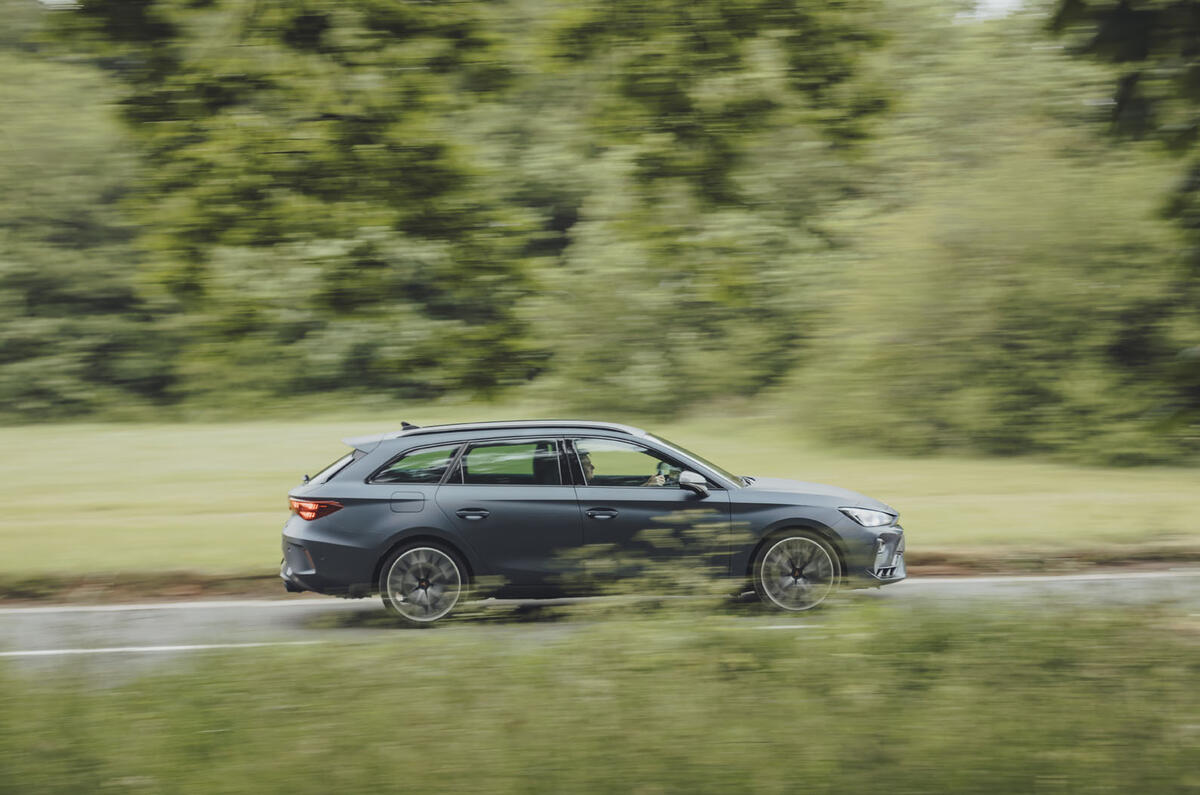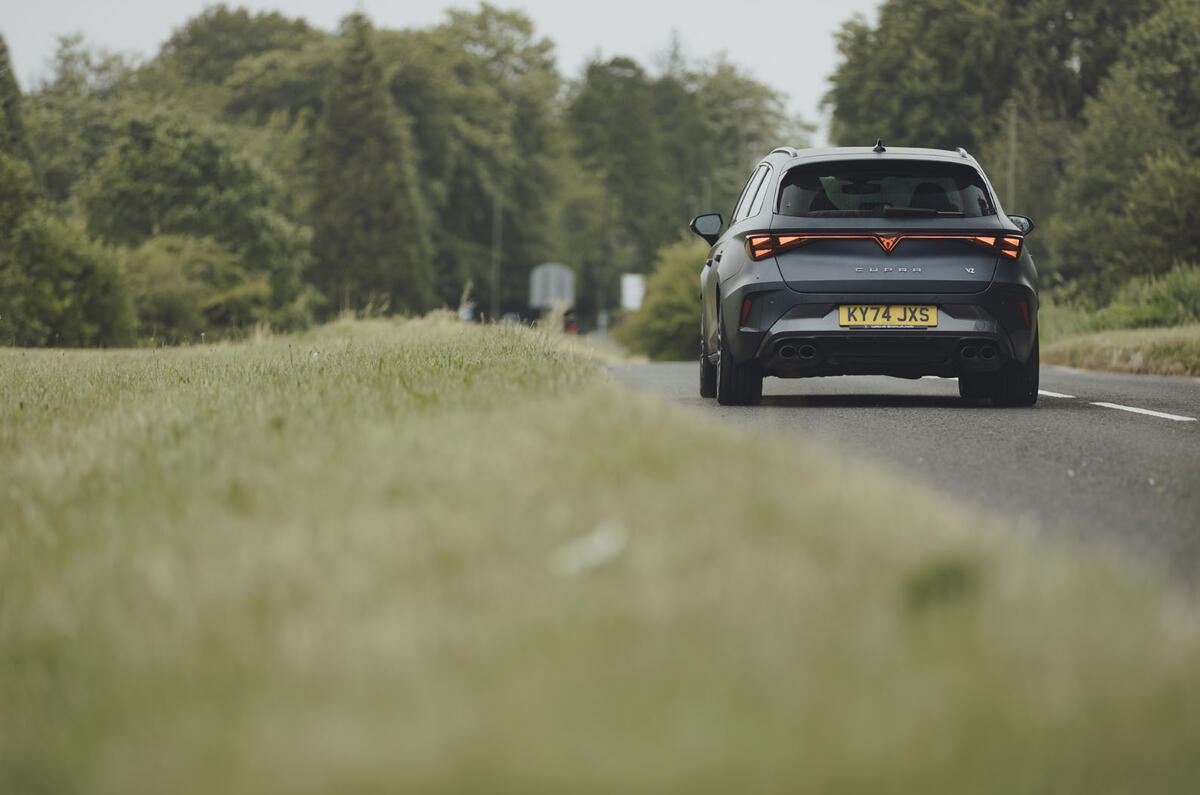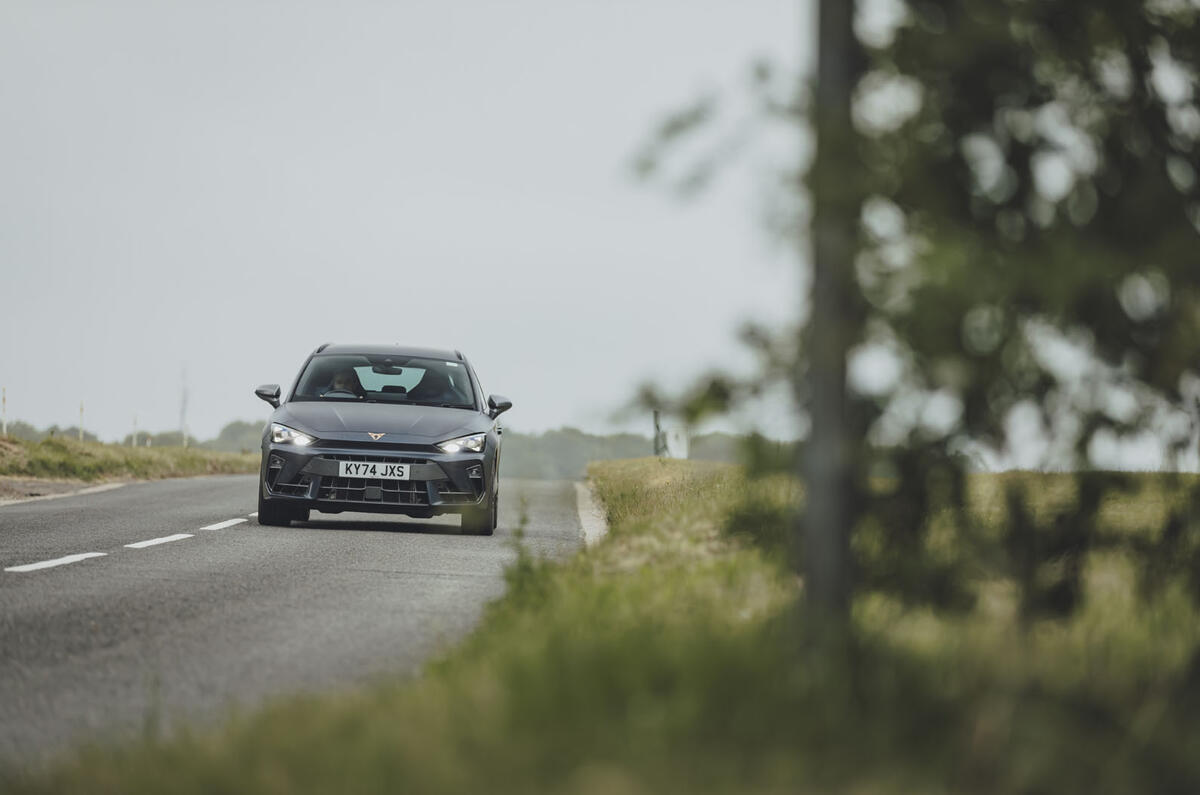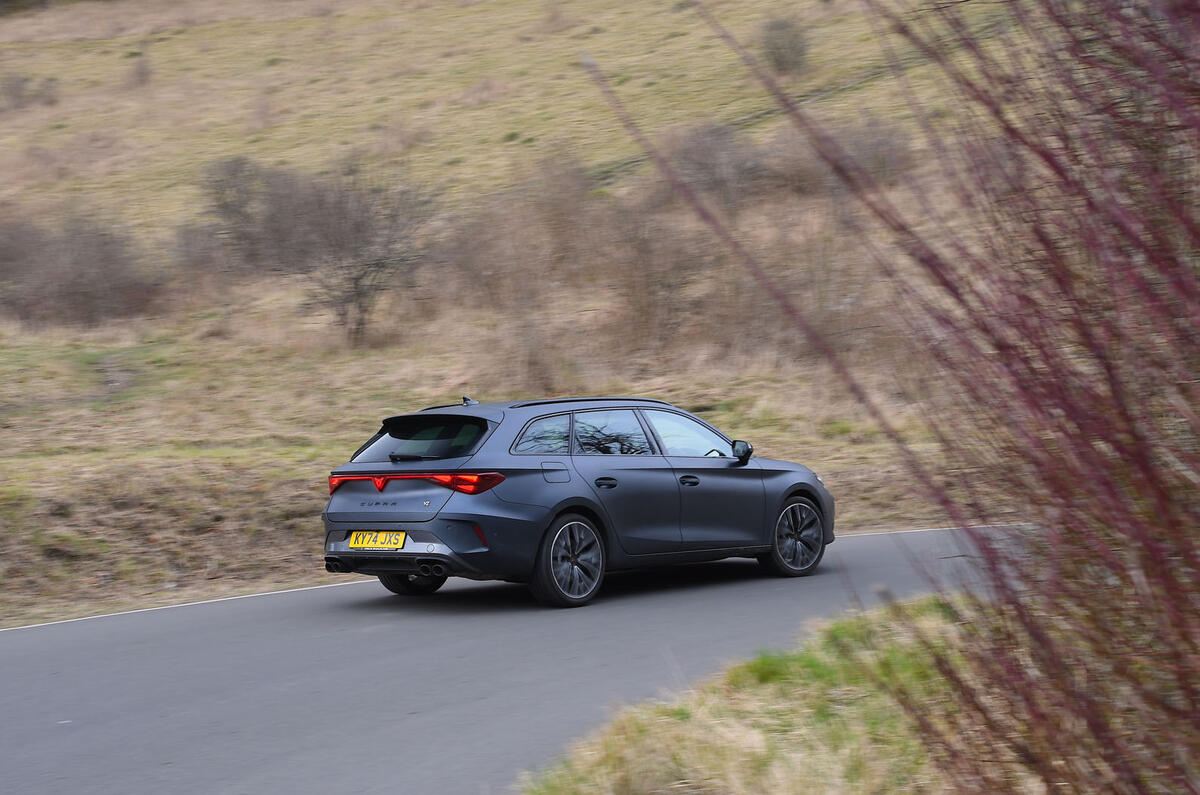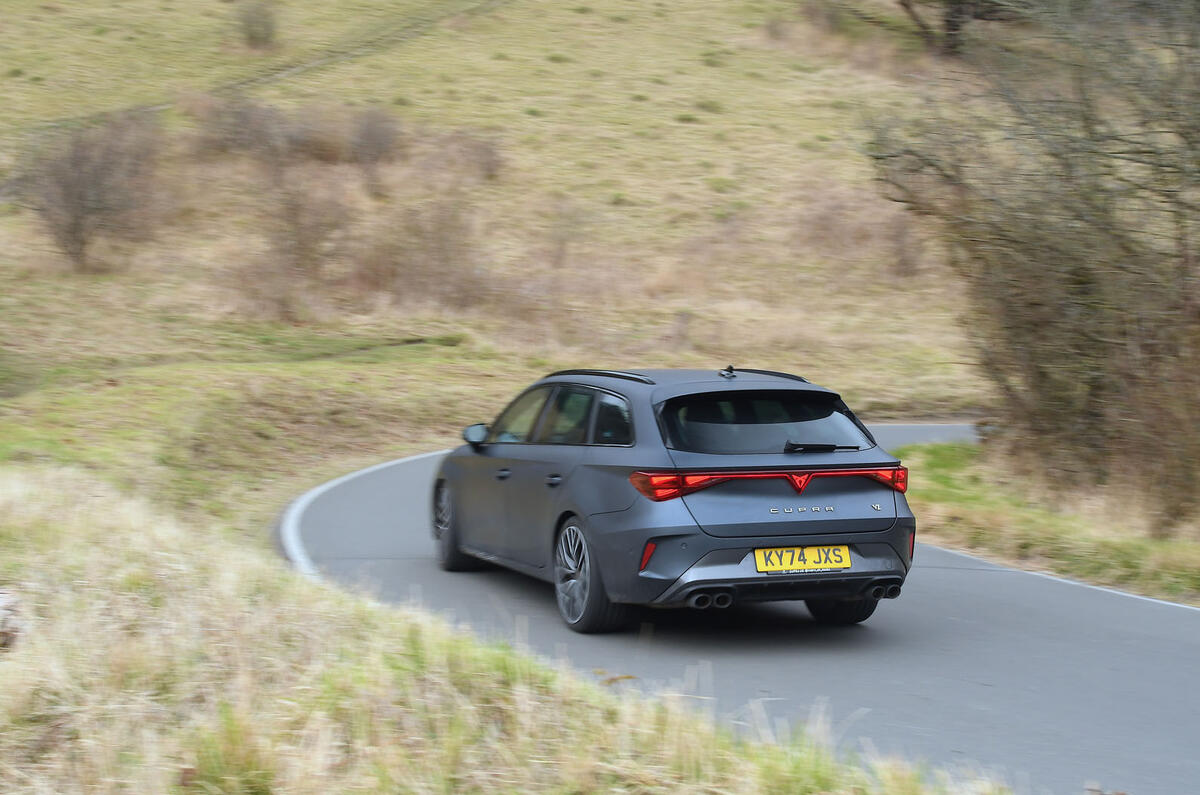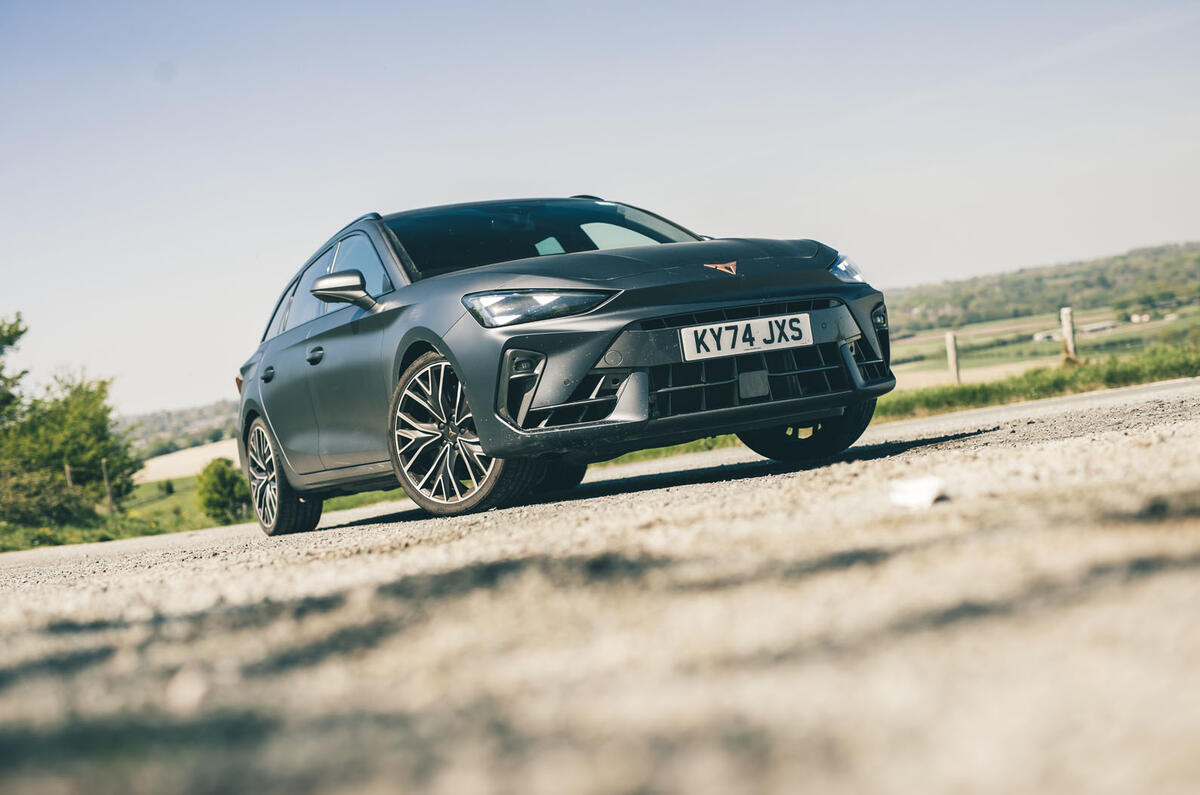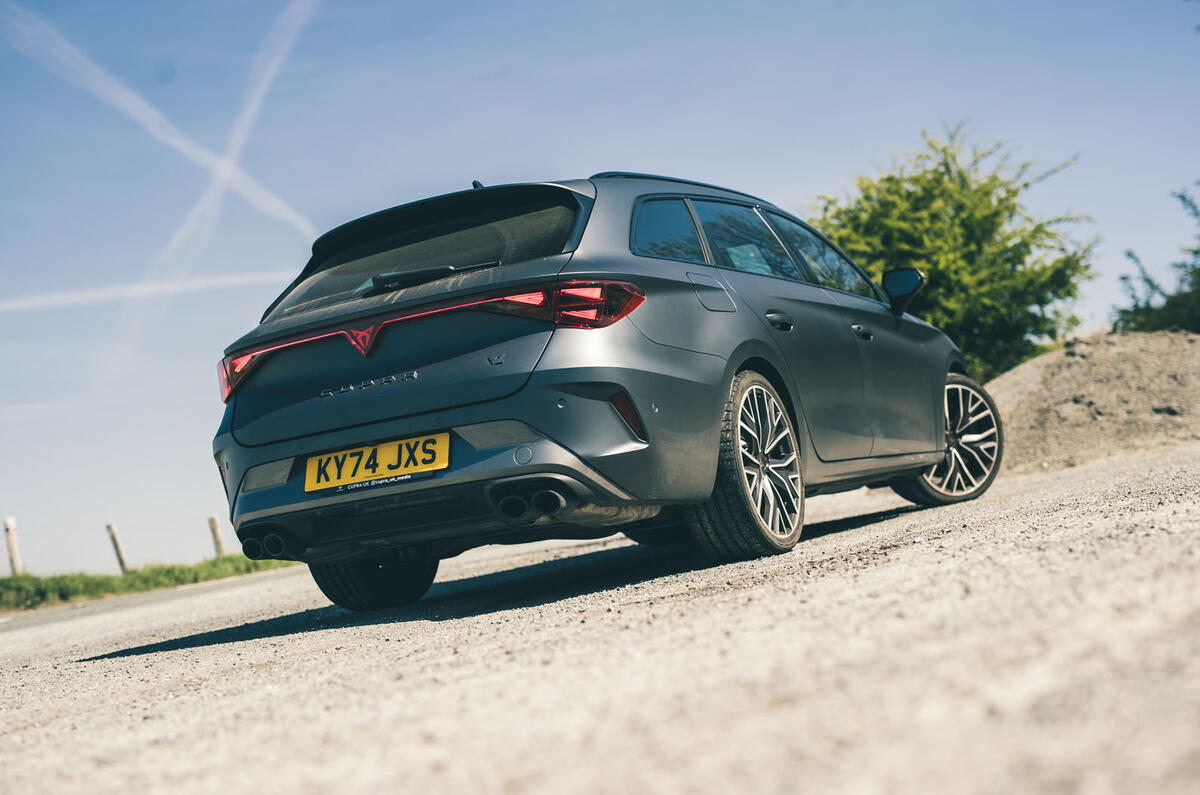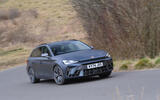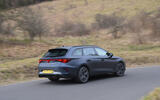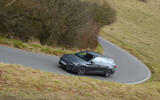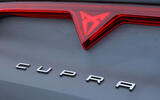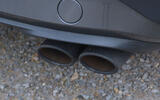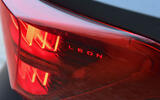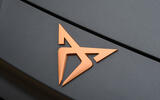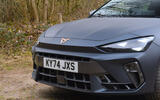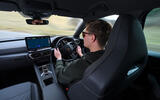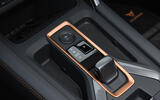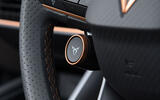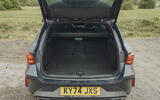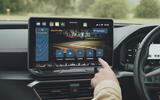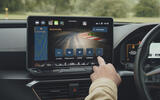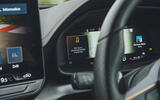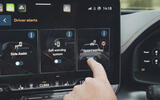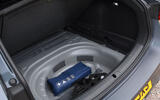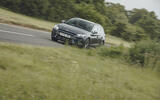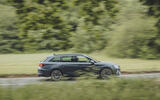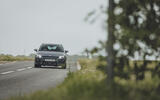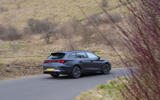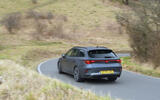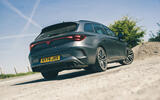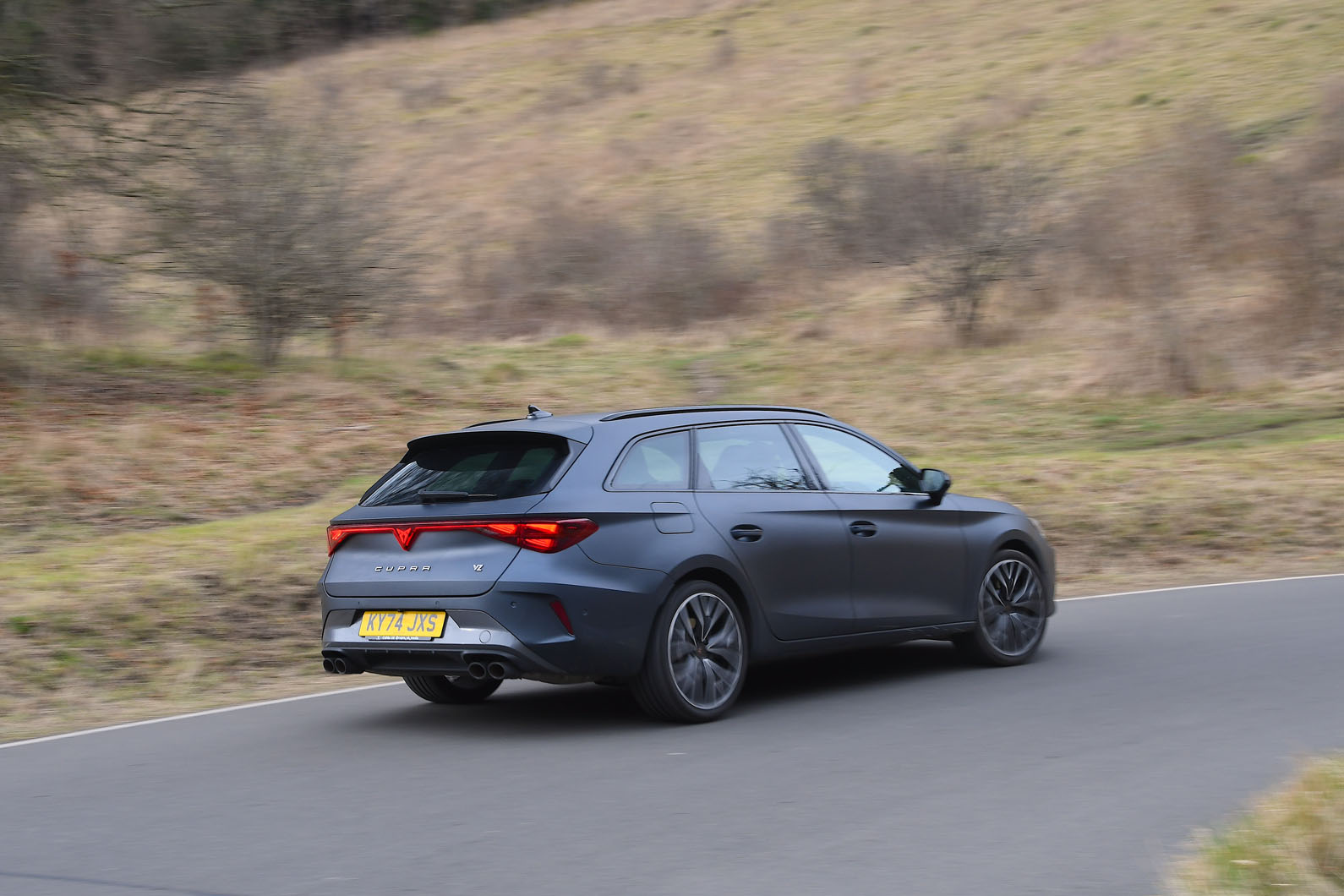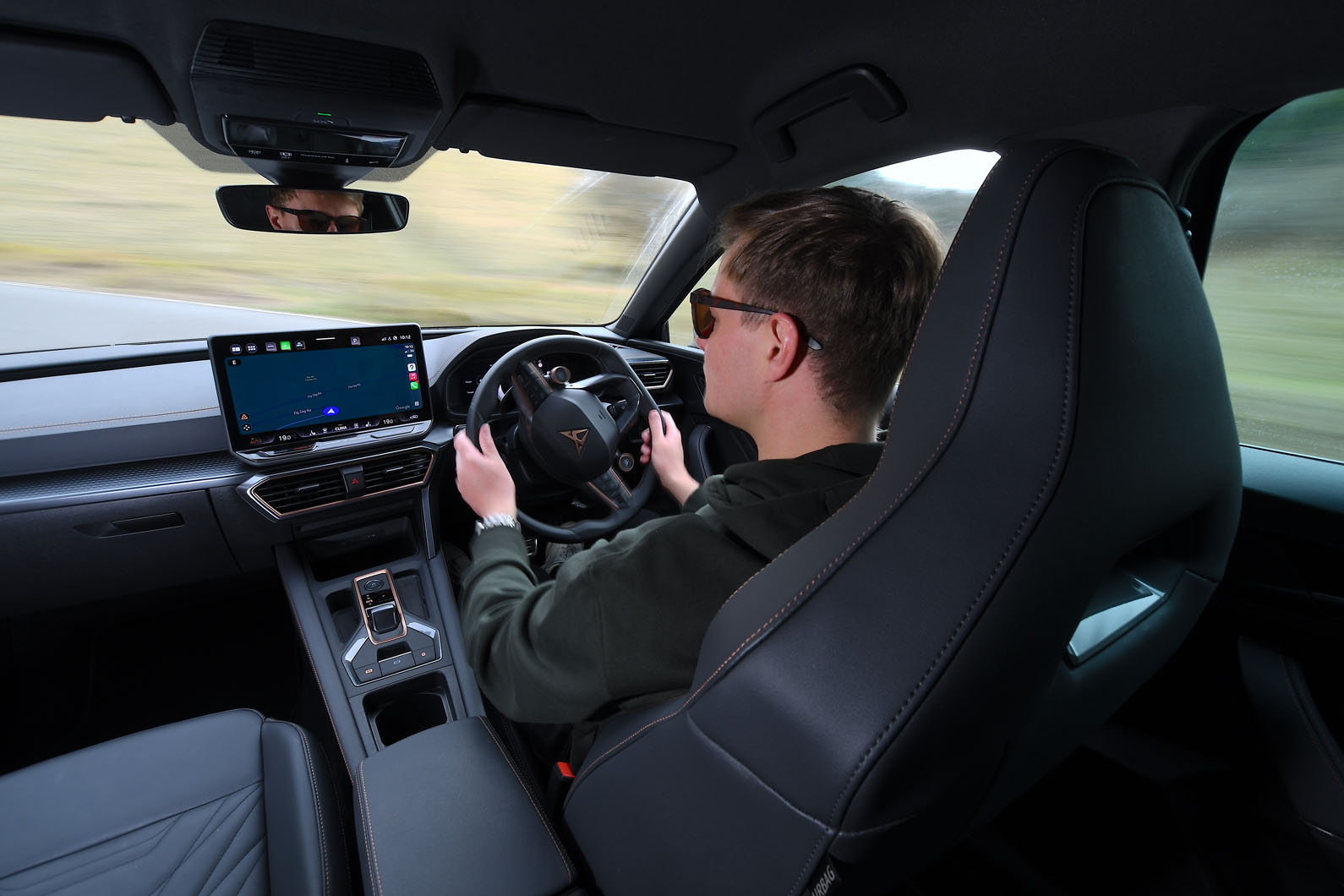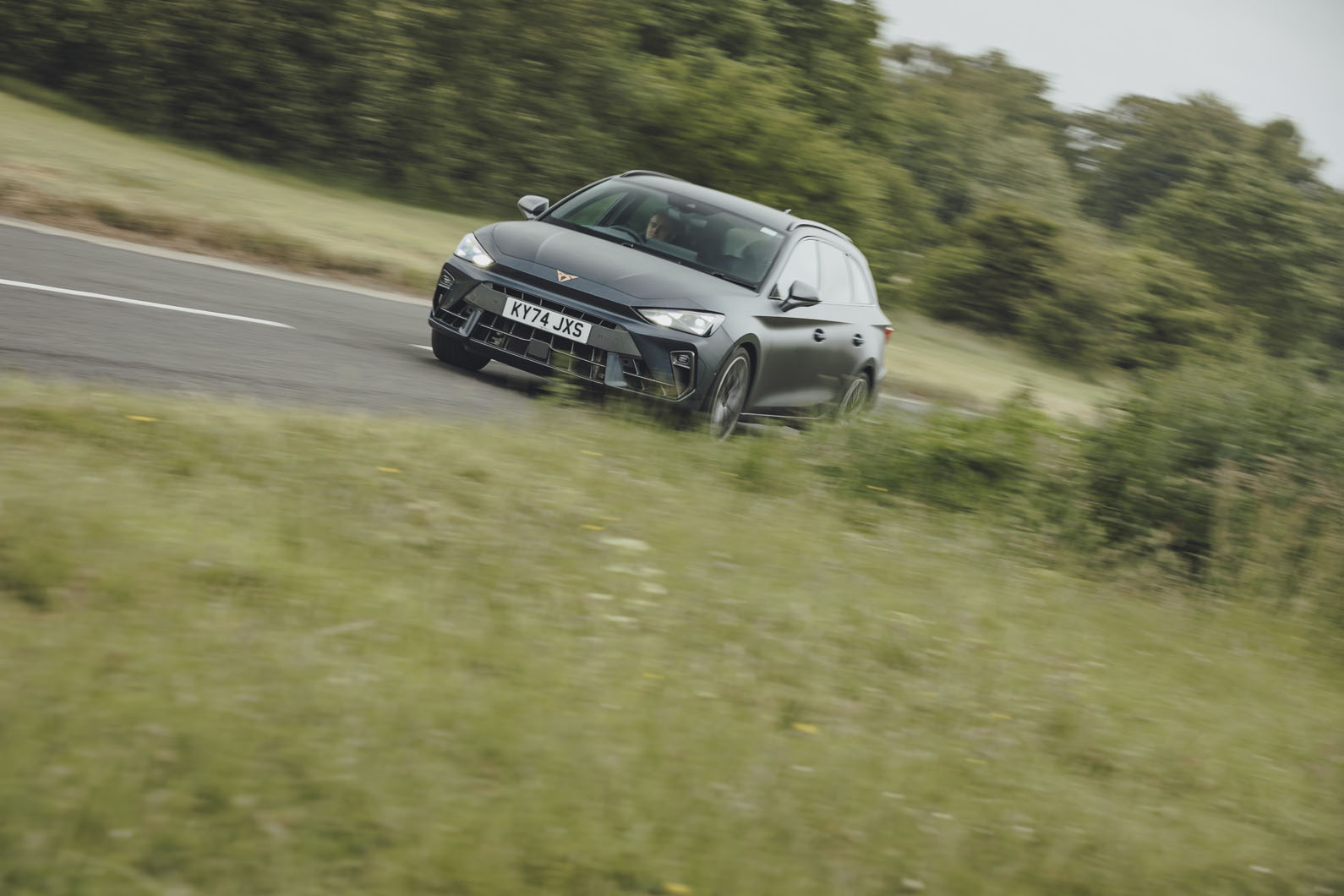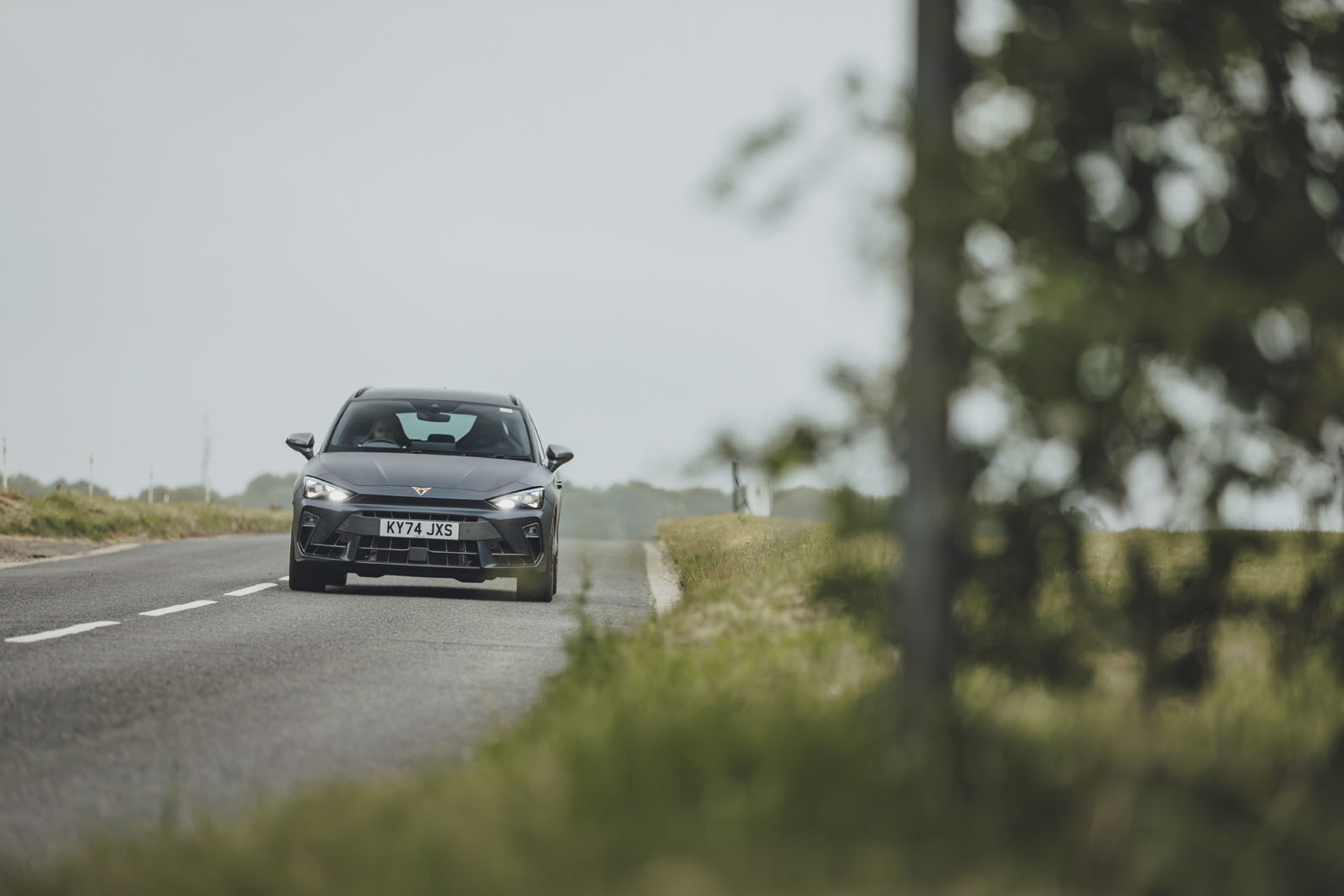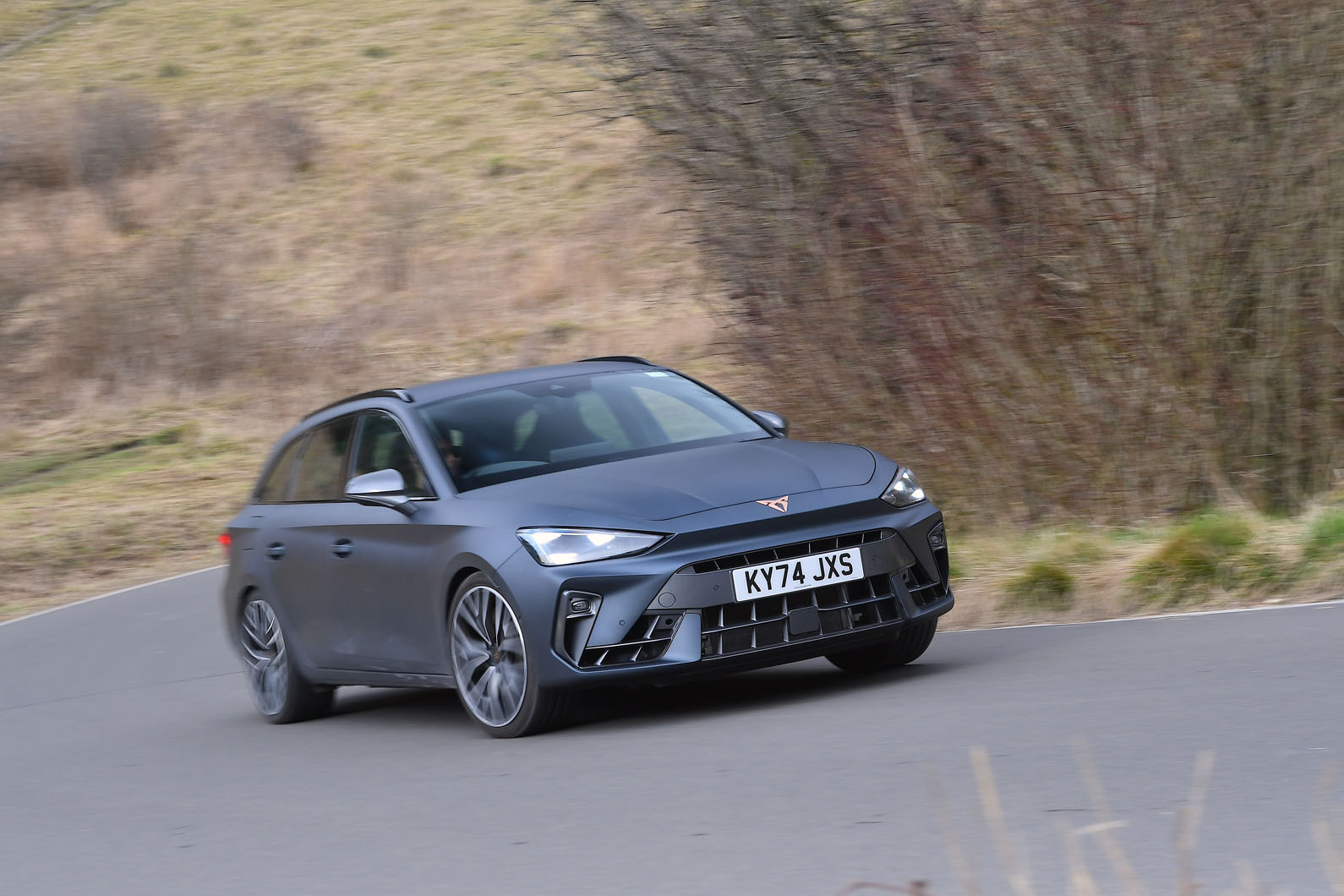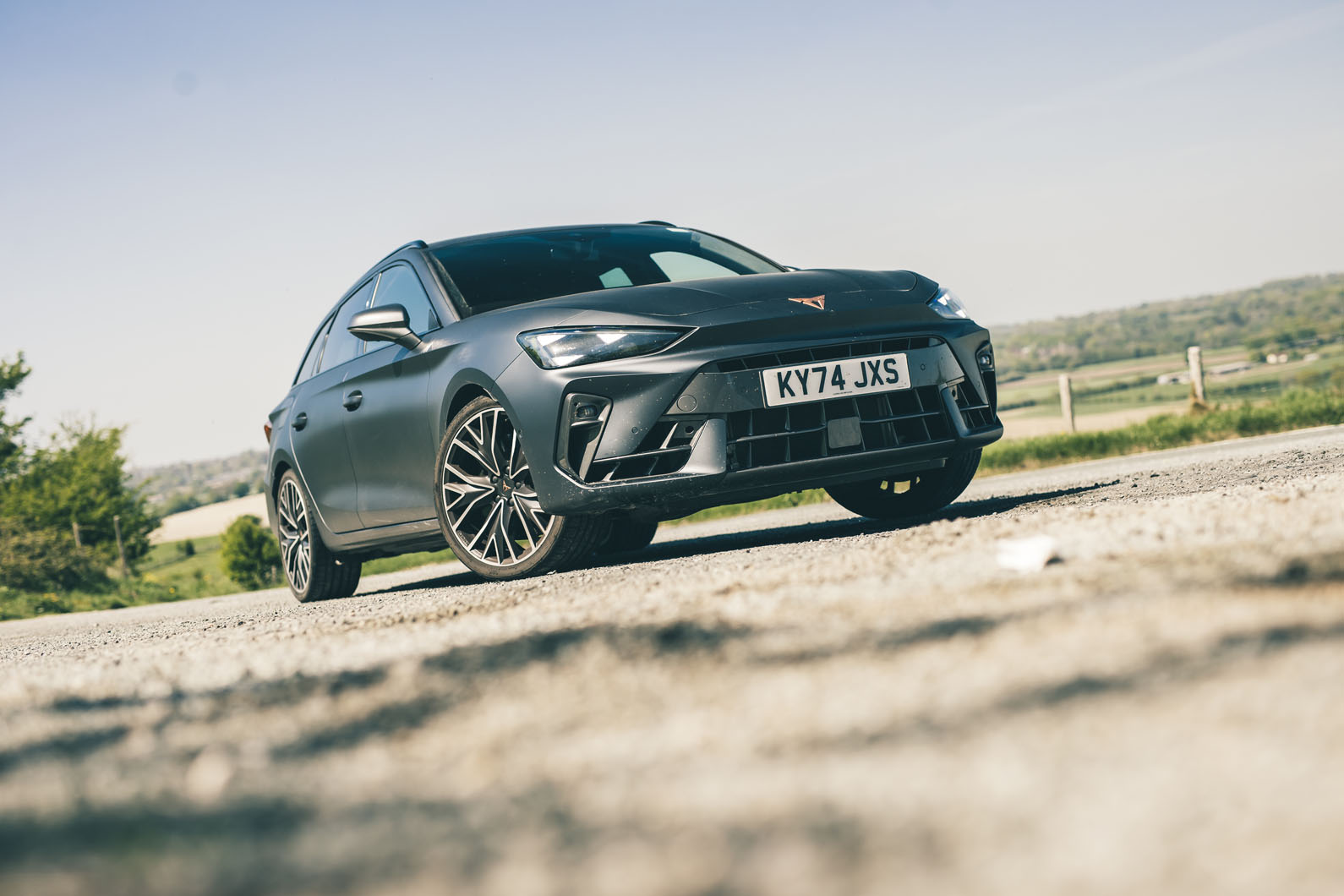We lived with the top-rung Cupra Leon estate VZ2 333ps DSG 4Drive (say that with a mouthful of marshmallows) for several months, covering around 3000 miles - these are your biggest questions, answered:
It's £50k. Can't I buy a second-hand sports car for the same money?
You could, and it might offer more badge prestige or raw performance on paper, but a second-hand sports car at this price point usually comes with significant trade-offs — older tech, higher maintenance costs, less reliability, and very limited practicality.
The Cupra Leon, on the other hand, gives all the reliability and functionality benefits of a modern car - but still touts the pace of a sports car, modern safety and infotainment features, and all the space and comfort of a practical family estate. It’s fast enough to be fun, refined enough for long-distance drives, and versatile enough to do everything from school runs to road trips. You simply can't do it all in a Porsche Boxster, BMW Z4 or Toyota GR Yaris.
Is it still usable day-to-day?
Yes, and that’s one of its biggest strengths. Despite being a 328bhp, all-wheel-drive performance car, the Leon is surprisingly relaxed and user-friendly in daily life.
It’s happy crawling through traffic or cruising on the motorway, thanks to its smooth DSG gearbox, light steering, and well-judged driving position. The boot is massive, rear seat space is generous, and the updated infotainment system is intuitive and responsive, with solid Apple CarPlay integration. Even during a tedious suburban commute or a DIY run to B&Q, it feels as easy to live with as a standard Golf. It’s a car you can enjoy driving without dreading the everyday grind.
So it's fast and practical. But is it fun?
Very much so — and not just in a straight line. What sets the Leon apart is how well it blends performance with real driver engagement. The steering is sharp and precise, body control is tight and predictable, and the rear torque splitter helps rotate the car confidently through corners.
On a twisty country road, the Leon feels alive and playful, with just enough edge to make it exciting without becoming intimidating. The acceleration is genuinely impressive, and even the synthetic exhaust note adds to the drama, piping an enticing five-pot-esque growl into the cabin. It’s the kind of car that makes you take the long way home - and look forward to doing it again the next morning.
What makes it different to other Volkswagen performance models?
While many VW Group hot hatchbacks are highly competent, they can sometimes feel a bit detached or sterile in how they drive. The Cupra Leon breaks that mould by injecting more character, flair, and emotional appeal.
It still benefits from VW’s engineering strengths - solid build quality, excellent drivetrain, and slick electronics - but it feels more expressive and alive behind the wheel. The styling is bolder, the dynamics sharper, and the overall experience more involving than its Golf GTI or Audi S3 cousins. It has its own identity: less conservative, more fun, and ultimately more memorable.
Are there any compromises?
Like any performance car, the Leon isn't without its drawbacks. The ride can be uncomfortably firm at low speeds, especially over potholes and rough city streets, and the large 19in wheels only make that worse. On bumpy roads, you might feel a harsh jolt through the chassis, enough to make you pull over and check the tyres.
The exhaust is also quite loud on cold starts, which could be a nuisance if you’re leaving a quiet cul-de-sac early in the morning. And while it's practical and comfortable overall, it’s not quite as plush or whisper-quiet as some less sporty alternatives. Still, these compromises feel manageable when weighed against the sheer breadth of what the Leon offers.




